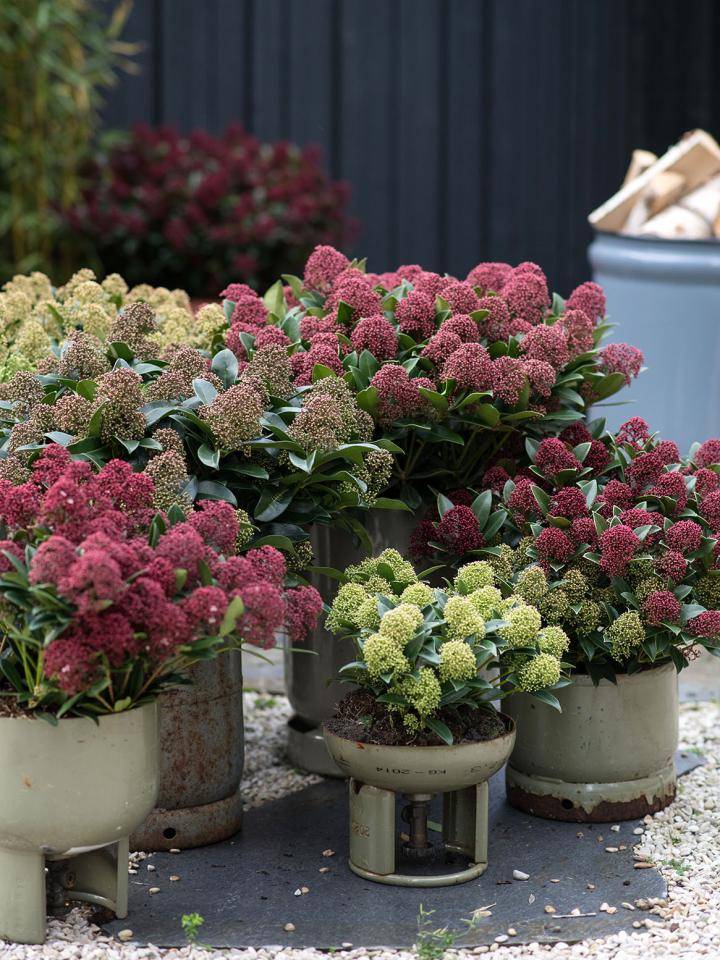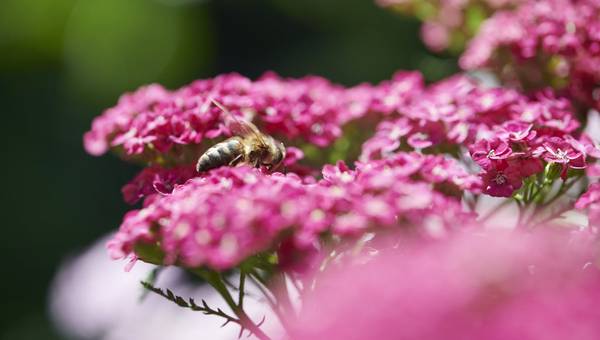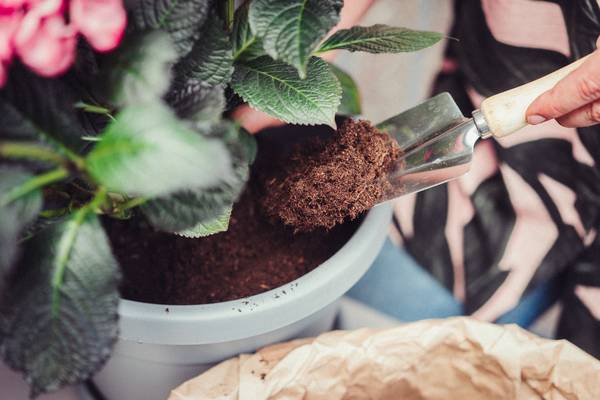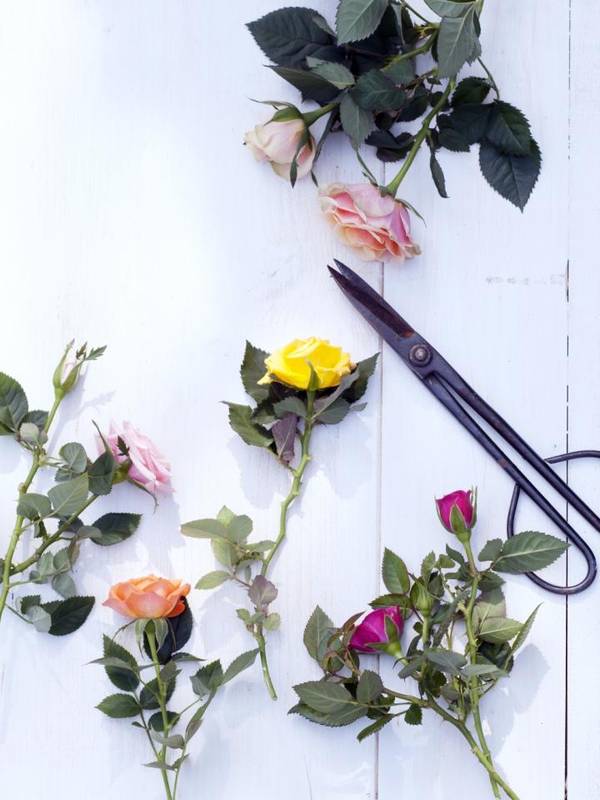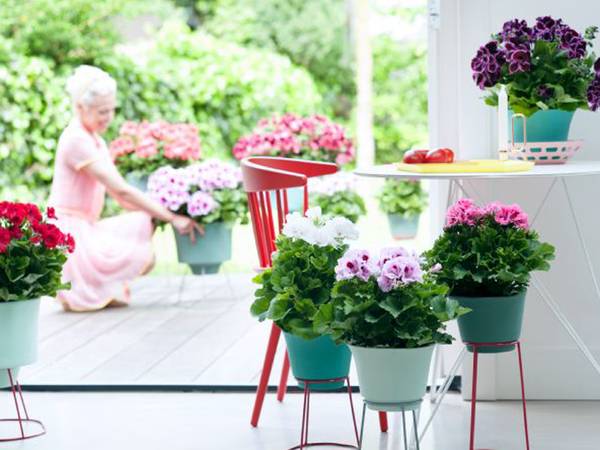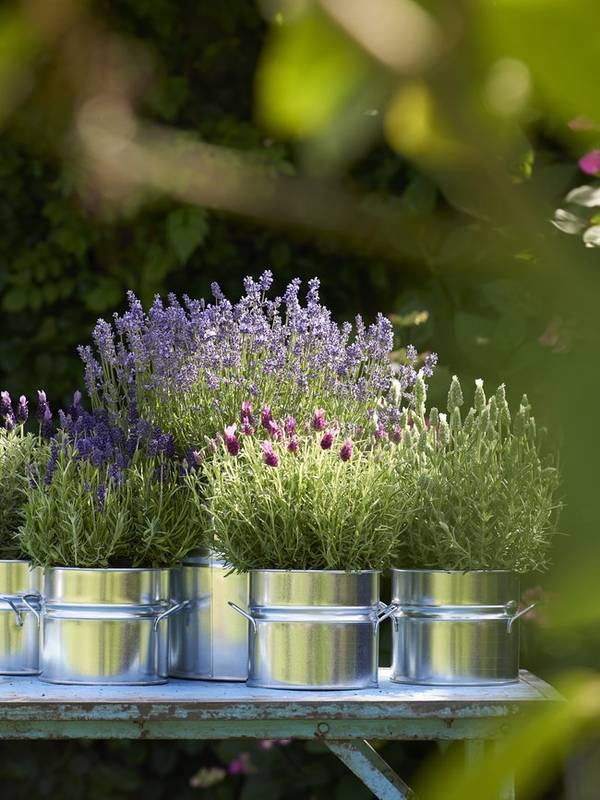
Care tips
Skimmia prefers to be in the shade where the berries will develop best.
The plant prefers a lightly acidic soil such as rhododendron soil.
If the leaves turn yellow the soil is not acidic enough.
Skimmia does not like having wet feet, and therefore likes to be planted near trees that draw a lot of moisture out of the soil. In pots the water must be able to drain away.
It’s better not to cut branches off the plant since that will harm the next flowering.
Skimmia is moderately hardy, and only needs to be wrapped in fleece or bubblewrap during hard frosts.
You can enjoy the appearance of this Skimmia (full name Skimmia japonica 'Pabella’) endlessly. The berries change colour in autumn from green to bright red. And unlike many other berry-bearing plants, birds and small garden mammals are not particularly fond of the berries, so they remain on the plant for a nice long time. The plant reaches a maximum height of 100 to 125 centimetres, and can be planted both in beds and in pots, containers and tubs. If you place it in a pot, ensure adequate drainage: too much moisture is one of the few things your Skimmia can’t cope with.
Origin
Skimmia is a member of the rue family (Rutaceae), which also includes citrus trees. The family link is clear from the leaves: if you crush them, they release a citrus fragrance. In the wild Skimmia grows in the forests of China and other parts of Asia such as the Himalayas. However, the version in your garden was created in a Dutch greenhouse. If you want the plant to thrive in your garden, you need to place a male Skimmia alongside a couple of ladies to ensure pollination. The male plant can be identified by its shape: it flowers slightly more vigorously and the flowers have pistils.
Trivia
- Skimmia japonica 'Pabella’ is a cousin of Skimmia japonica 'Rubella’, which is known for its beautiful sprays of flowers.
- The first Skimmia came to Europe in 1838 and ended up in the greenhouses of Kew Gardens.
- The Latin name was derived in 1784 from 'Miyama shikimi’, the Japanese name for Skimmia.
